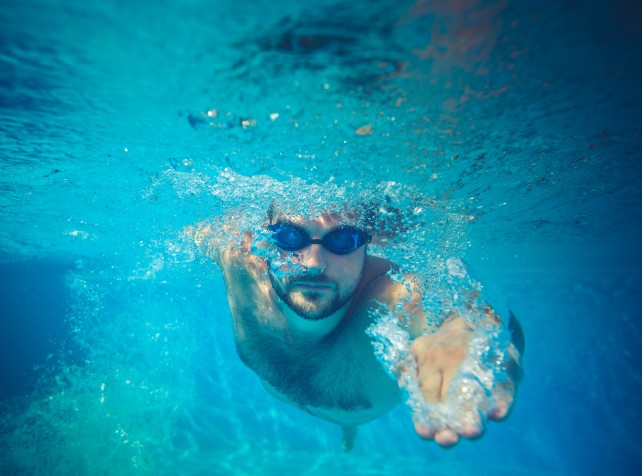An ocean-dwelling microorganism linked to blindness-inducing infections in one in four swimmers has been spotted lurking in coastal waters in NSW.
The microscopic life form Acanthamoeba feeds on cells in the eye, leading to inflammation and, in rare cases, irreversible damage.
Subscribe for FREE to the HealthTimes magazine
If able to spread to the cornea, the clear outer layer at the front of the eye, it causes an infection called Acanthamoeba keratitis.
The drug-resistant organism can lead to vision loss, with one in four people affected ending up with less than 25 per cent of vision or becoming blind.
Researchers at the University of New South Wales said although the condition was rare, swimmers who wear contact lenses were at an increased risk.
Multiple water samples from four popular swimming sites were collected across 2019 and 2020 to measure the levels of the microorganism.
Acanthamoeba was in samples from all four coastal sites, with 38 per cent of samples testing positive overall.
The more highly urbanised sites had higher positive samples, with some recording more than 50 per cent contamination.
The least urbanised sites had 32 per cent contamination.
Results published in Science of The Total Environment on Thursday hypothesised the proximity of the sites to urbanised areas could lead to more water contamination, potentially facilitating the growth of Acanthamoeba.
Study author Binod Rayamajhee at UNSW Medicine and Health said contaminants such as sewage, animal faeces and stormwater may create a better breeding environment.
"The contaminated water allows the Acanthamoeba to flourish, as it feeds on the nutrients and a wide range of bacteria," Mr Rayamajhee said.
Acanthamoeba was also found to be more prevalent during summer.
In January, 65 per cent of the samples tested positive, compared to just five per cent in September.
"There are more cases during summer, when recreational activities are likely to be at their highest," Mr Rayamajhee said.
"No one should be panicking. But the best thing people should be doing is taking their contact lenses off and never mixing them with water regardless of the water source."
The study was a collaboration between UNSW Sydney, University of Technology Sydney and the University of the West of Scotland.












